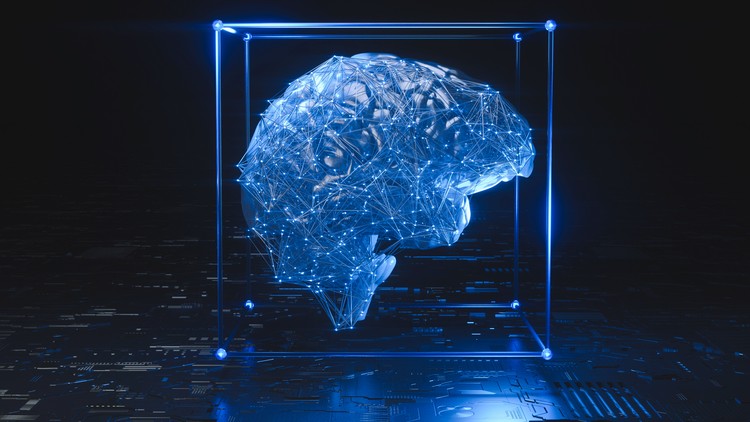Machine Learning Top 5 Models Implementation "A-Z"

Why take this course?
🎓 Course Title: Machine Learning Top 5 Models Implementation: A Python-Driven Journey with Codeless Insights
Headline: Dive into the World of Machine Learning with Python - From Zero to Model Hero!
About This Course:
Embark on a comprehensive journey through the realm of machine learning with our "Machine Learning Top 5 Models Implementation" course. Designed for learners who are both novices in coding and seasoned practitioners alike, this course will guide you through the process of implementing world-class machine learning models from scratch using Python, with special attention to some methods that require no coding skills at all.
Course Highlights:
Understanding the Problem at Hand:
- Learn how to articulate the problem statement effectively.
- Gain insights into the type of data you're working with and what it means for your model.
Data Preprocessing Mastery:
- Discover the essentials of Data Preprocessing in three phases:
- Data Cleaning: Understand the importance of cleaning your data, and learn techniques to handle missing values and outliers.
- Data Transformation: Dive into feature engineering - the process of transforming raw data into valuable features for modeling.
Top 5 Machine Learning Models:
- Master implementation with Python for:
- K-Nearest Neighbor (KNN)
- Logistic Regression
- AdaBoost
- Gradient Boosting
- RandomForest
Baseline Training and Testing:
- Perform initial model training to establish a baseline for performance.
- Learn how to interpret testing matrices, including the Mean accuracy and ROC-AUC score.
Identifying Problems and Optimization Techniques:
- Uncover common issues with machine learning models and how to address them.
- Explore optimization techniques such as cross-validation, hyperparameter tuning with grid search and random search, and more.
Optimized Model Parameters:
- Implement a robust approach that includes cross-validation and hyperparameter tuning.
- Test the revised model to ensure it's functioning optimally.
Revised Approach Implementation:
- Learn how to apply log transformation of features.
- Explore the power of voting-based ensemble machine learning models.
- Run your final ML models on real test data to validate your approach.
Best Approach & Summary:
- Review the optimized model and summarize your journey through the top 5 machine learning models.
No Code Examples & Full Code Downloads:
- Discover how to apply machine learning concepts without coding using some examples.
- Get access to the full Python code for each implementation step, ready for you to learn and adapt.
What You Will Learn:
- Data Preprocessing Techniques: Master the art of preparing data for machine learning by learning how to handle missing values, outliers, and other data quality issues.
- Feature Engineering: Understand how to create new features and transform existing ones to improve model performance.
- Machine Learning Model Implementation: Gain hands-on experience implementing five of the most popular and powerful machine learning models using Python.
- Performance Evaluation: Learn the key metrics for evaluating your models and how to interpret them.
- Optimization Techniques: Discover how to fine-tune your models with cross-validation, grid search, and random search.
- Real-World Application: Apply your knowledge to real test data to ensure that your models can handle the complexities of actual datasets.
Why Take This Course?
This course is tailored for anyone interested in machine learning, from beginners to those looking to refine their existing skills. By understanding both the coding and conceptual aspects of machine learning, you'll be equipped with a robust set of tools to tackle real-world problems.
Enroll now to transform your data into actionable insights with machine learning! 🚀🎉
Loading charts...